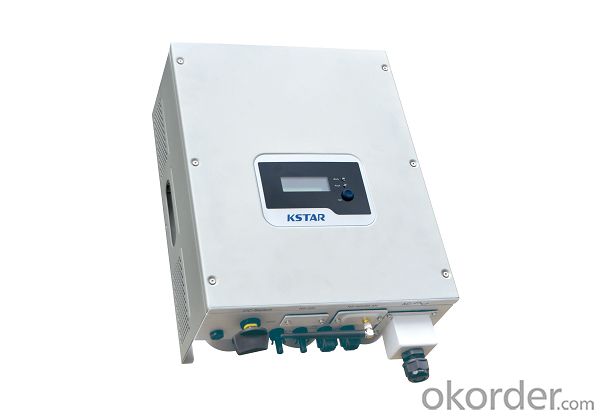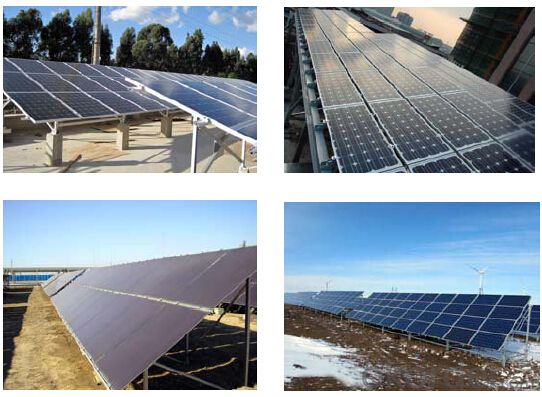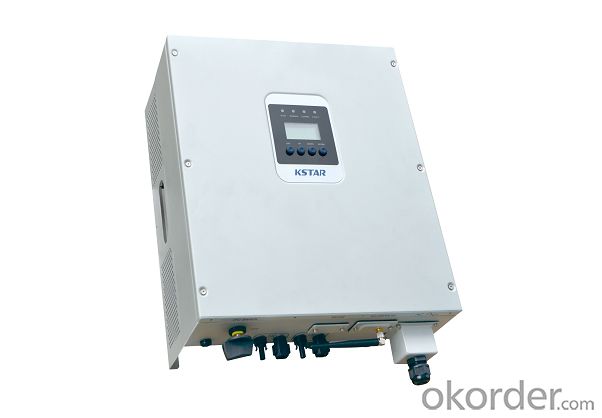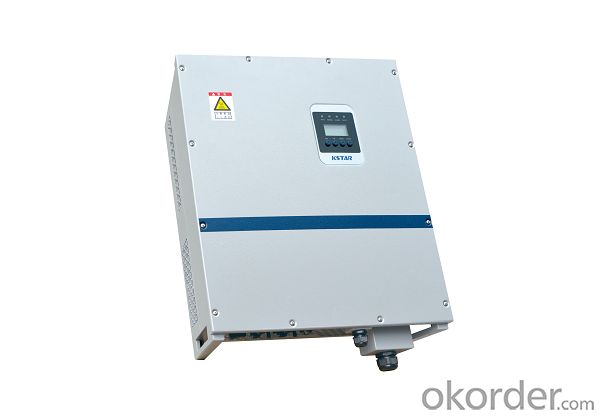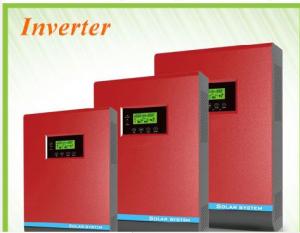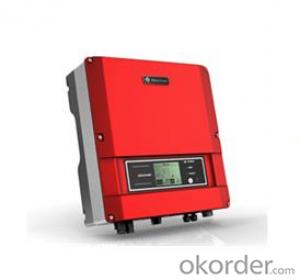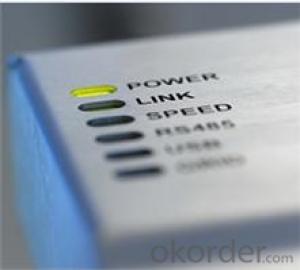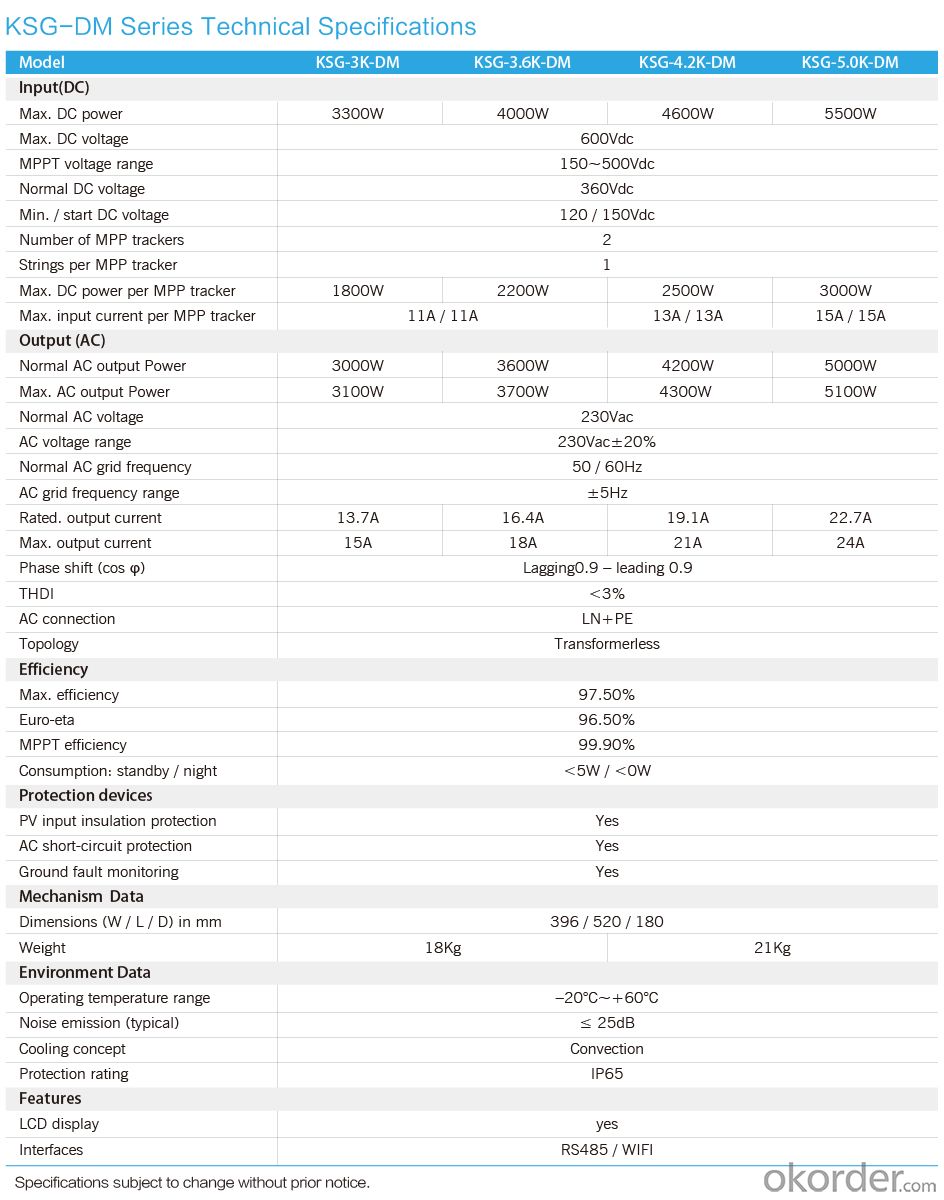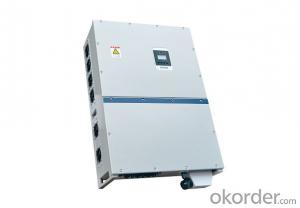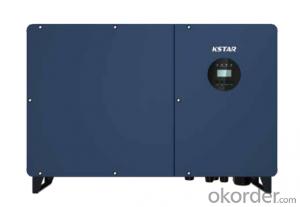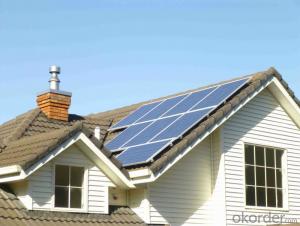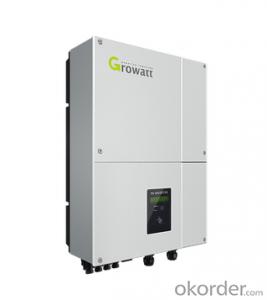Ti Solar String Grid-Tied PV Inverter 3kW/3.6kW/4.2kW/5kW
- Loading Port:
- Guangzhou
- Payment Terms:
- TT OR LC
- Min Order Qty:
- 10 unit
- Supply Capability:
- 10000 unit/month
OKorder Service Pledge
OKorder Financial Service
You Might Also Like
String Grid-Tied PV Inverter 1.5KW/2KW/3KW/3.6KW
Product features
· Max PV Voltage up to 600V
· Double MPPT
· High efficiency up to 97.5%
· Smaller and Lighter
· IP65 protection
· Easy installation
· Reactive power controller
· Digital controller
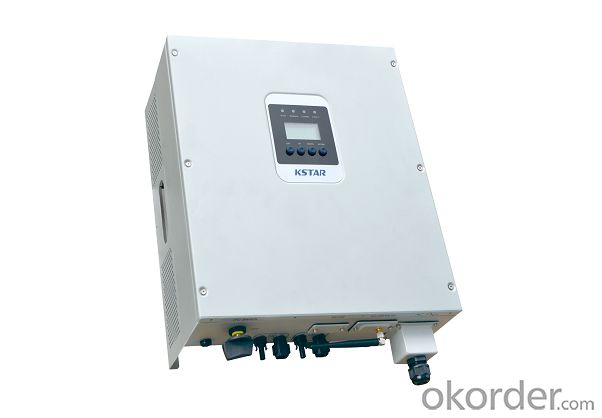
Product Parameter
Q 1. what's the payment term?
A. We accept TT,30% deposit and 70% balance agaisnt copy of BL
Q 2. how's the delivery time ?
A. usually it will take about 25 days for production
Q 3. tell me the standard of package?
A. For the small capacity, it use carton, but for big capacity, we will use strong wooden case for protection.
Q 4. what kind of material of transformer?
A. we have two types, one 100% copper and the other is copper with aluminum.It depends on your requirment. In fact,those two have no difference if normal work well. Only except the longlife. Copper is better and also higer price.

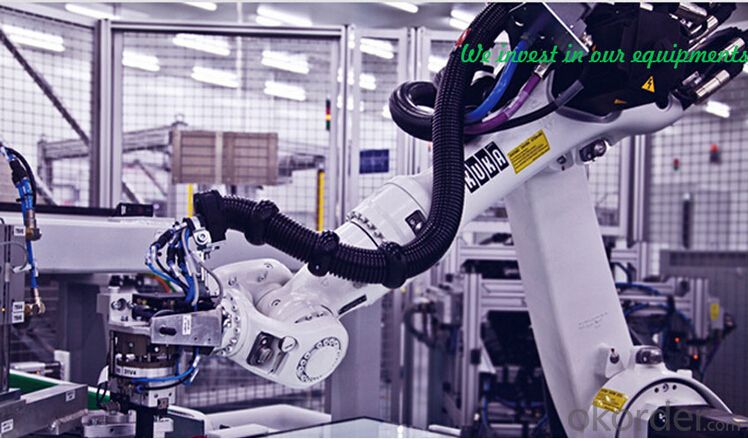
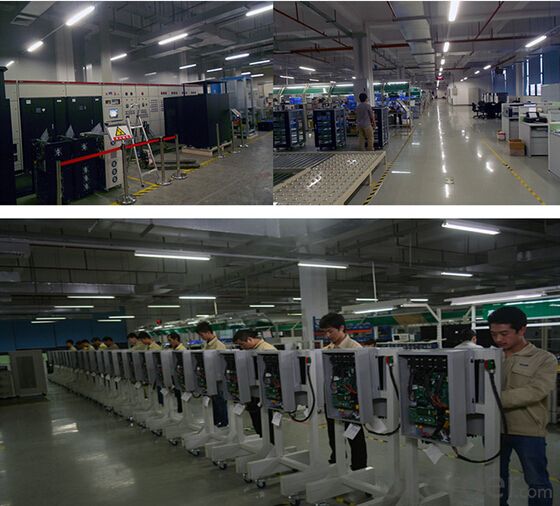
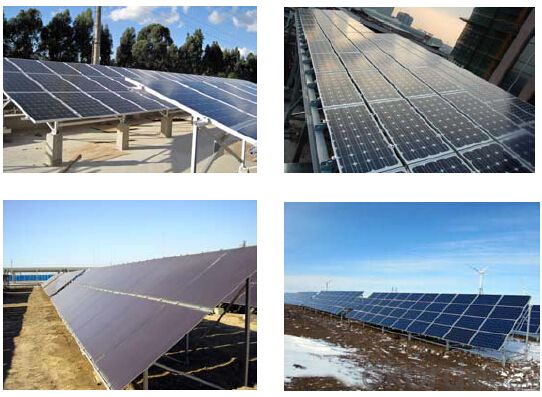


- Q: Is it possible to monitor the performance of a solar inverter remotely?
- Yes, it is possible to monitor the performance of a solar inverter remotely. Many modern solar inverters come with built-in data monitoring capabilities that allow users to track and analyze the system's performance from anywhere with an internet connection. Through web-based interfaces or smartphone applications, users can view real-time data, such as energy production, power output, and system status, as well as historical data and performance trends. Remote monitoring helps identify any issues or anomalies, optimize system performance, and ensure efficient operation of the solar inverter.
- Q: What is the role of a power backup system in a solar inverter?
- The role of a power backup system in a solar inverter is to provide a reliable source of electricity during periods of insufficient sunlight or power grid outages. It ensures uninterrupted power supply to critical loads, such as essential appliances or equipment, by utilizing stored energy from batteries or alternative power sources. This backup system enhances the overall reliability and functionality of the solar inverter, making it more suitable for both grid-tied and off-grid applications.
- Q: Can a solar inverter be used with batteries for energy storage?
- Yes, a solar inverter can be used with batteries for energy storage. In fact, this is a common practice in solar power systems, where excess energy generated by the solar panels is stored in batteries for later use when the sun is not shining. The solar inverter plays a crucial role in converting DC power from the batteries into usable AC power for electrical appliances.
- Q: How does a solar inverter handle voltage phase imbalance in the grid?
- A solar inverter handles voltage phase imbalance in the grid by continuously monitoring the grid's voltage and frequency. If it detects any phase imbalance, it adjusts its output to balance the voltage across all phases. This ensures that the power generated by the solar panels is synchronized with the grid and prevents any issues that may arise due to phase imbalances, such as equipment damage or power quality issues.
- Q: How does a solar inverter handle voltage regulation during load changes?
- A solar inverter handles voltage regulation during load changes by continuously monitoring the load and adjusting the inverter's output voltage accordingly. It uses various control mechanisms to maintain a stable voltage output, such as pulse width modulation (PWM) and maximum power point tracking (MPPT) algorithms. These algorithms enable the inverter to regulate its output voltage to match the load requirements, ensuring a consistent and reliable power supply.
- Q: How does a solar inverter handle voltage unbalance in the grid?
- A solar inverter handles voltage unbalance in the grid by employing its control algorithms to monitor and regulate the output voltage. When the solar inverter detects an unbalanced grid voltage, it adjusts the output voltage accordingly to maintain a balanced supply. This is typically achieved by injecting reactive power or adjusting the phase angle of the output voltage to synchronize it with the grid. By actively managing voltage unbalance, a solar inverter ensures stable and reliable power conversion in the presence of grid voltage fluctuations.
- Q: Can a solar inverter be used with different types of solar tracking systems?
- Yes, a solar inverter can be used with different types of solar tracking systems. The solar inverter is responsible for converting the direct current (DC) generated by the solar panels into alternating current (AC) that can be used to power household appliances or be fed back into the grid. The type of solar tracking system, whether it is a single-axis or dual-axis tracker, does not affect the compatibility of the solar inverter. As long as the solar inverter is appropriately sized and compatible with the solar panels, it can be used with any type of solar tracking system.
- Q: What is the efficiency loss of a solar inverter over time?
- The efficiency loss of a solar inverter over time can vary depending on various factors such as the quality of the inverter, maintenance practices, and environmental conditions. Generally, solar inverters experience a gradual decrease in efficiency over their lifespan. On average, the efficiency loss can range from 0.5% to 1% per year. However, regular maintenance and monitoring can help minimize this loss and ensure optimal performance.
- Q: What are the safety features in a solar inverter?
- Some of the safety features in a solar inverter include over-voltage protection, under-voltage protection, over-current protection, short-circuit protection, and ground-fault protection. Additionally, many modern inverters also have built-in monitoring systems that can detect and alert users to any potential issues or malfunctions.
- Q: Are there any government incentives for installing solar inverters?
- Yes, there are government incentives available for installing solar inverters. Many countries offer tax credits, grants, or rebates to encourage the adoption of solar energy. These incentives vary depending on the region and may also include net metering programs or feed-in tariffs, which allow solar system owners to sell excess electricity back to the grid. It is advisable to research and consult local government agencies or renewable energy organizations to determine the specific incentives available in your area.
Send your message to us
Ti Solar String Grid-Tied PV Inverter 3kW/3.6kW/4.2kW/5kW
- Loading Port:
- Guangzhou
- Payment Terms:
- TT OR LC
- Min Order Qty:
- 10 unit
- Supply Capability:
- 10000 unit/month
OKorder Service Pledge
OKorder Financial Service
Similar products
Hot products
Hot Searches
Related keywords




